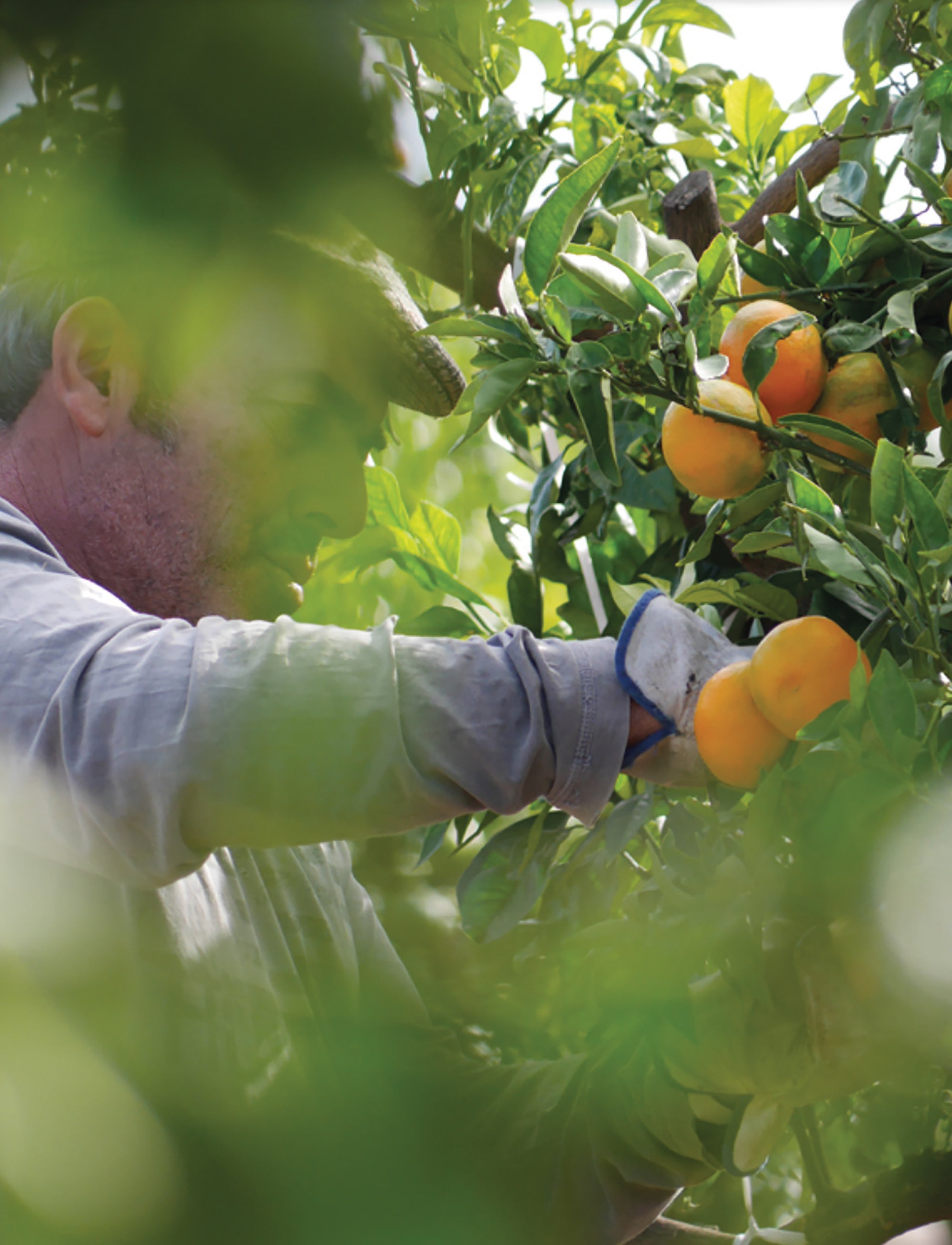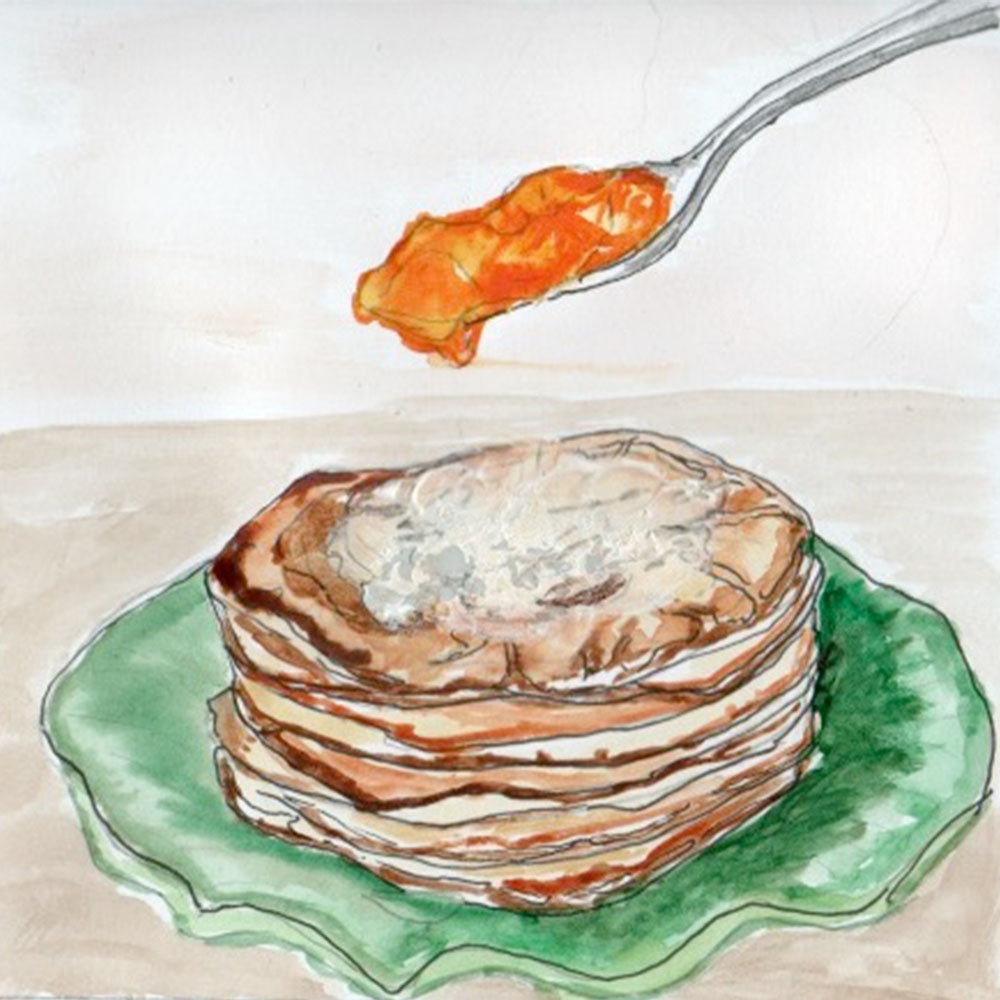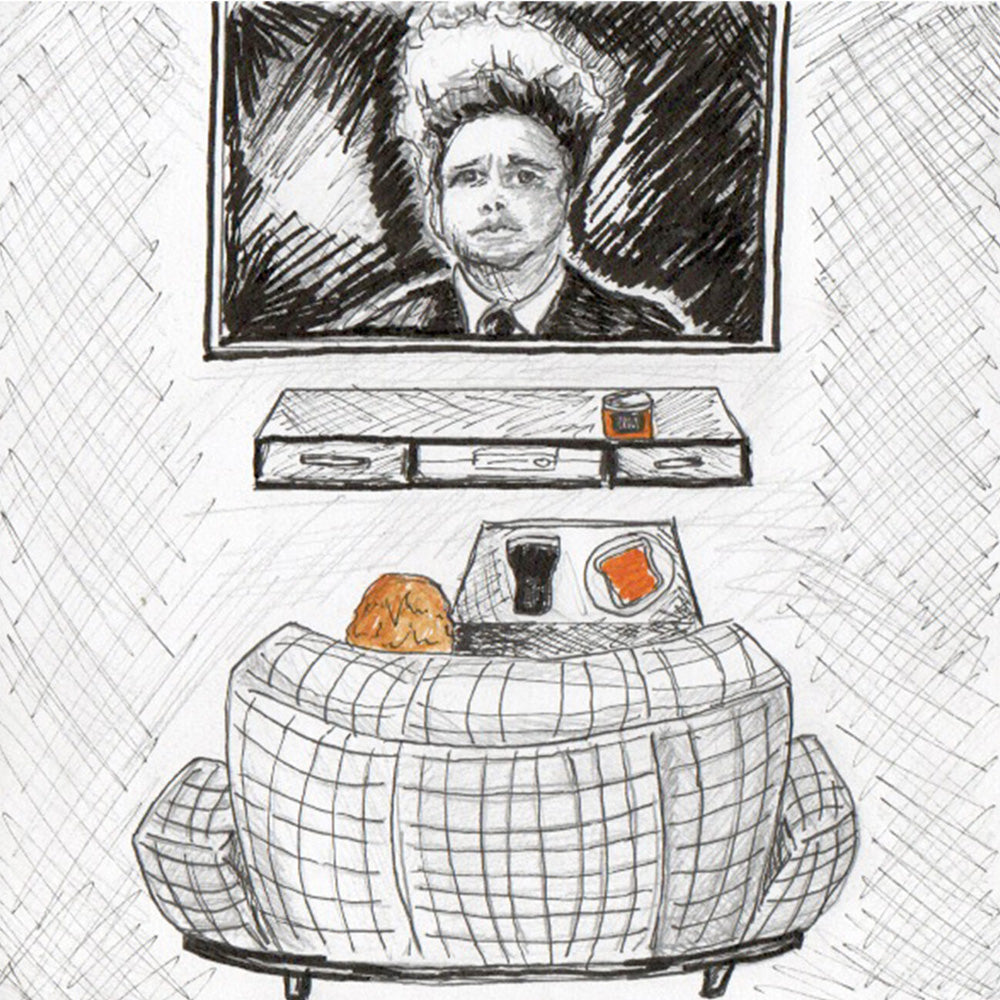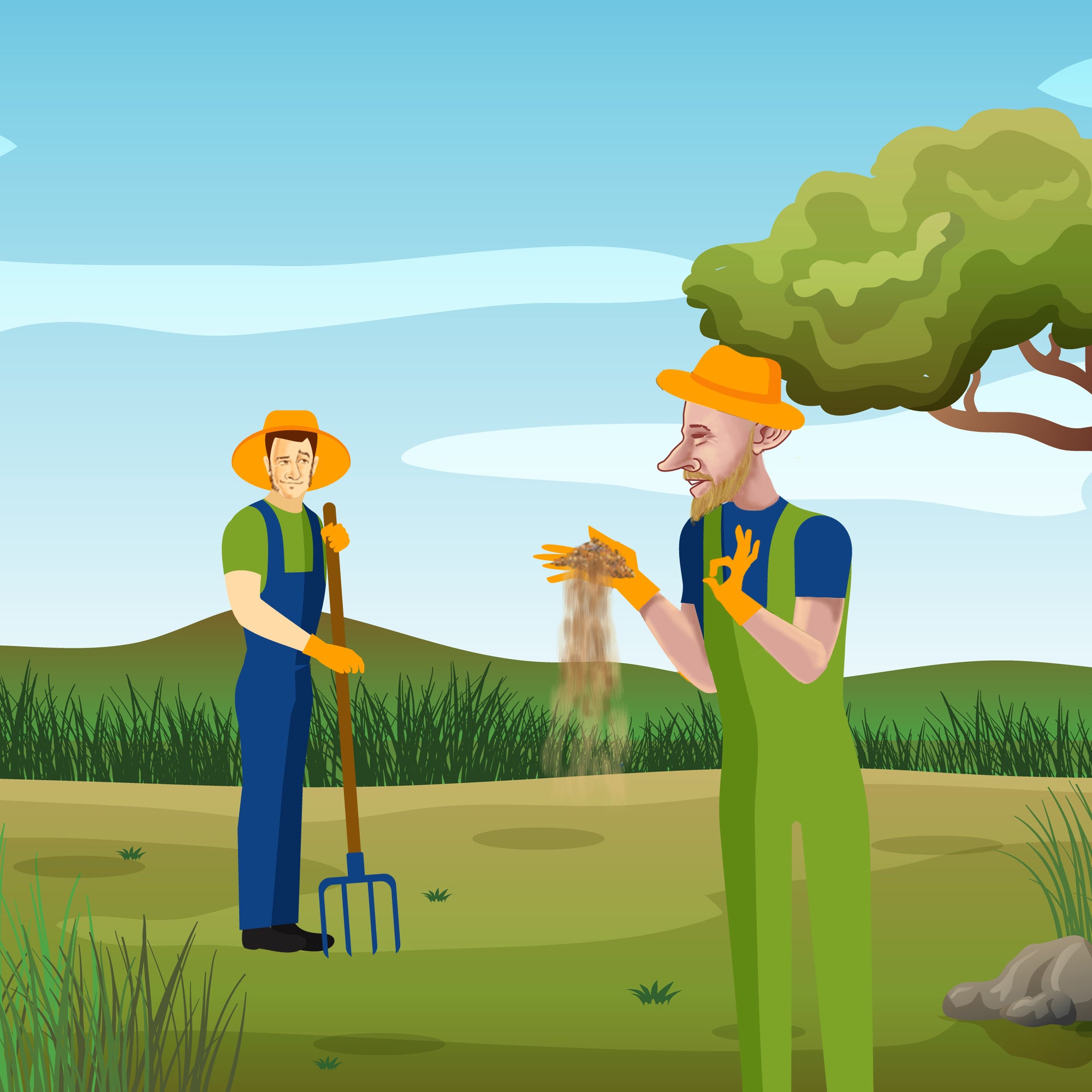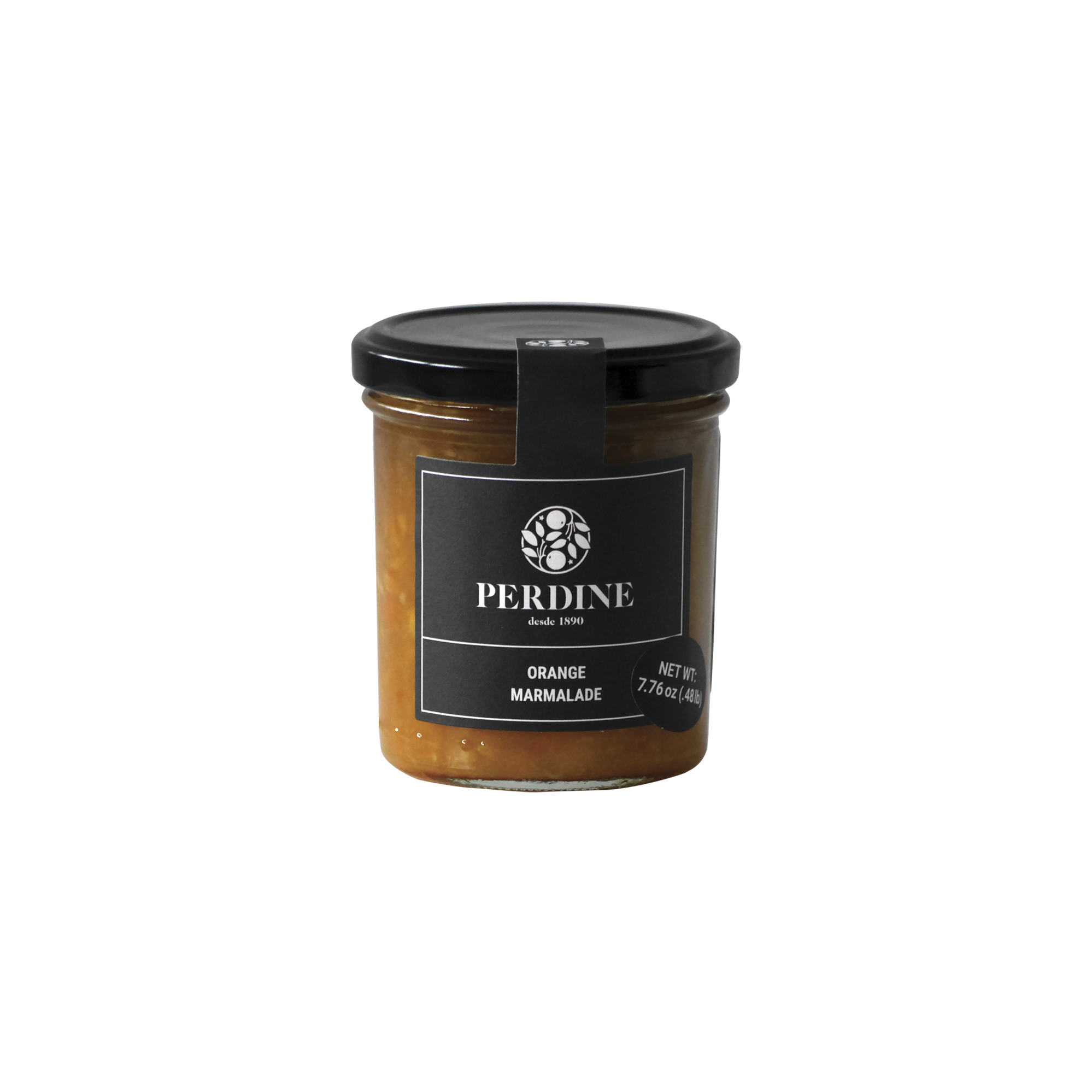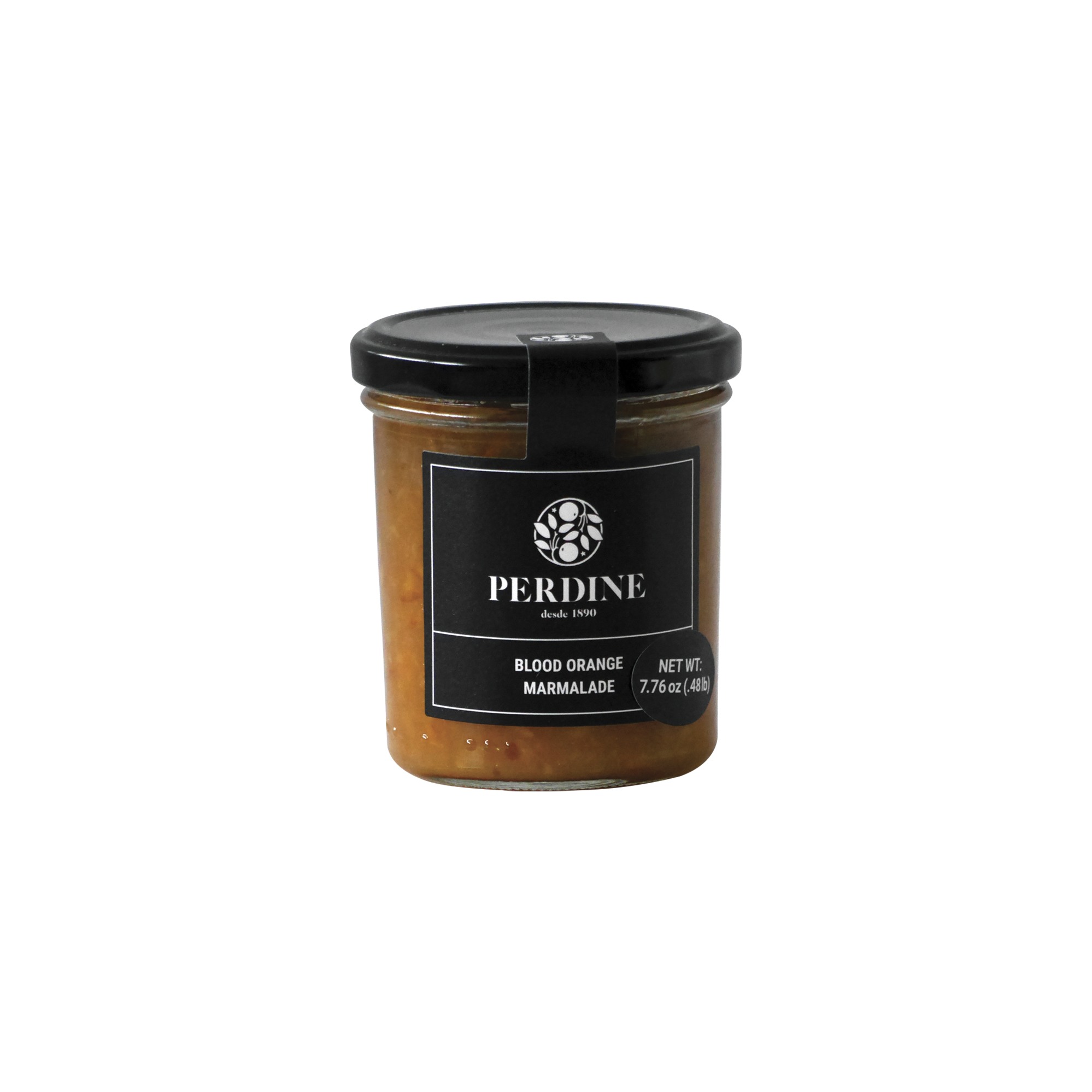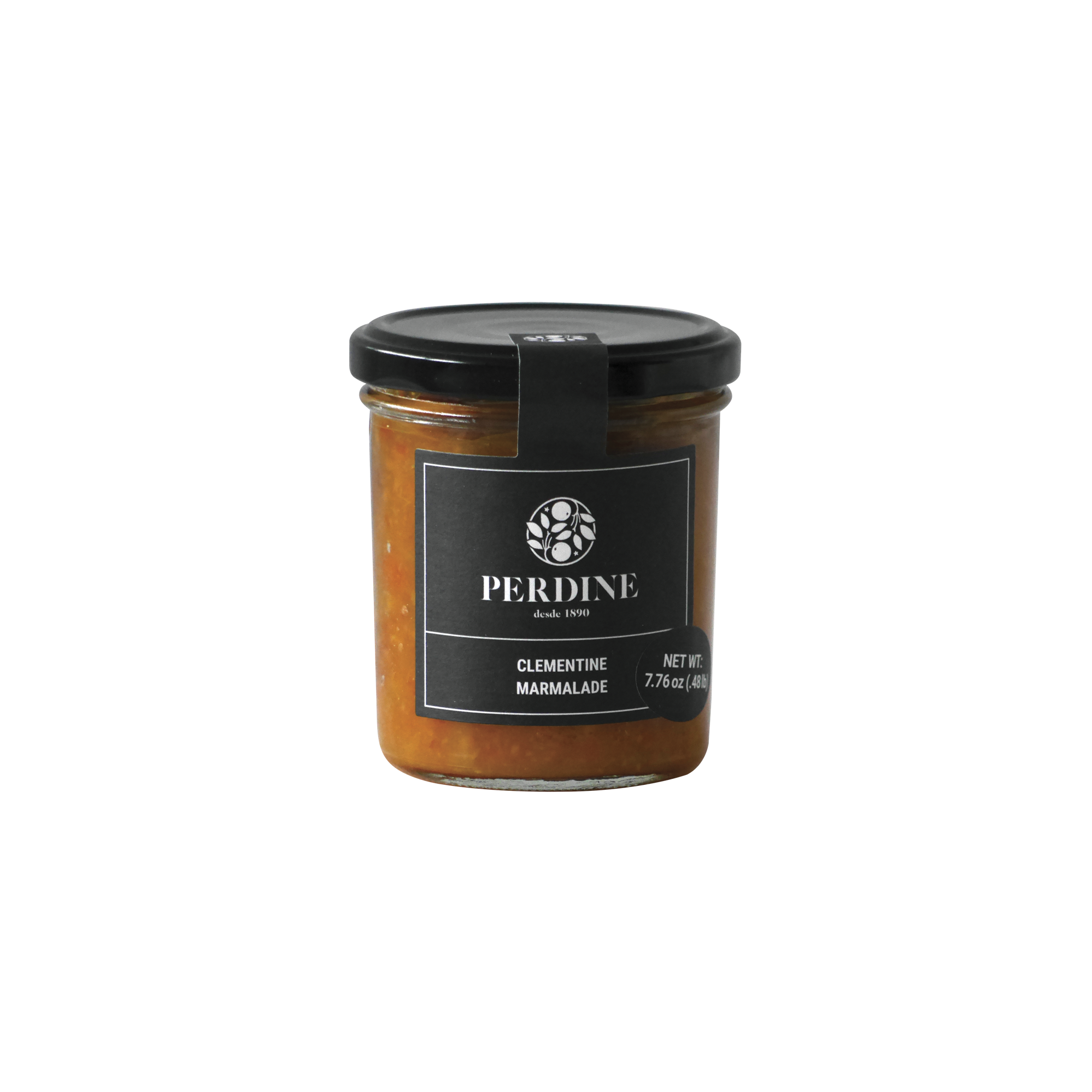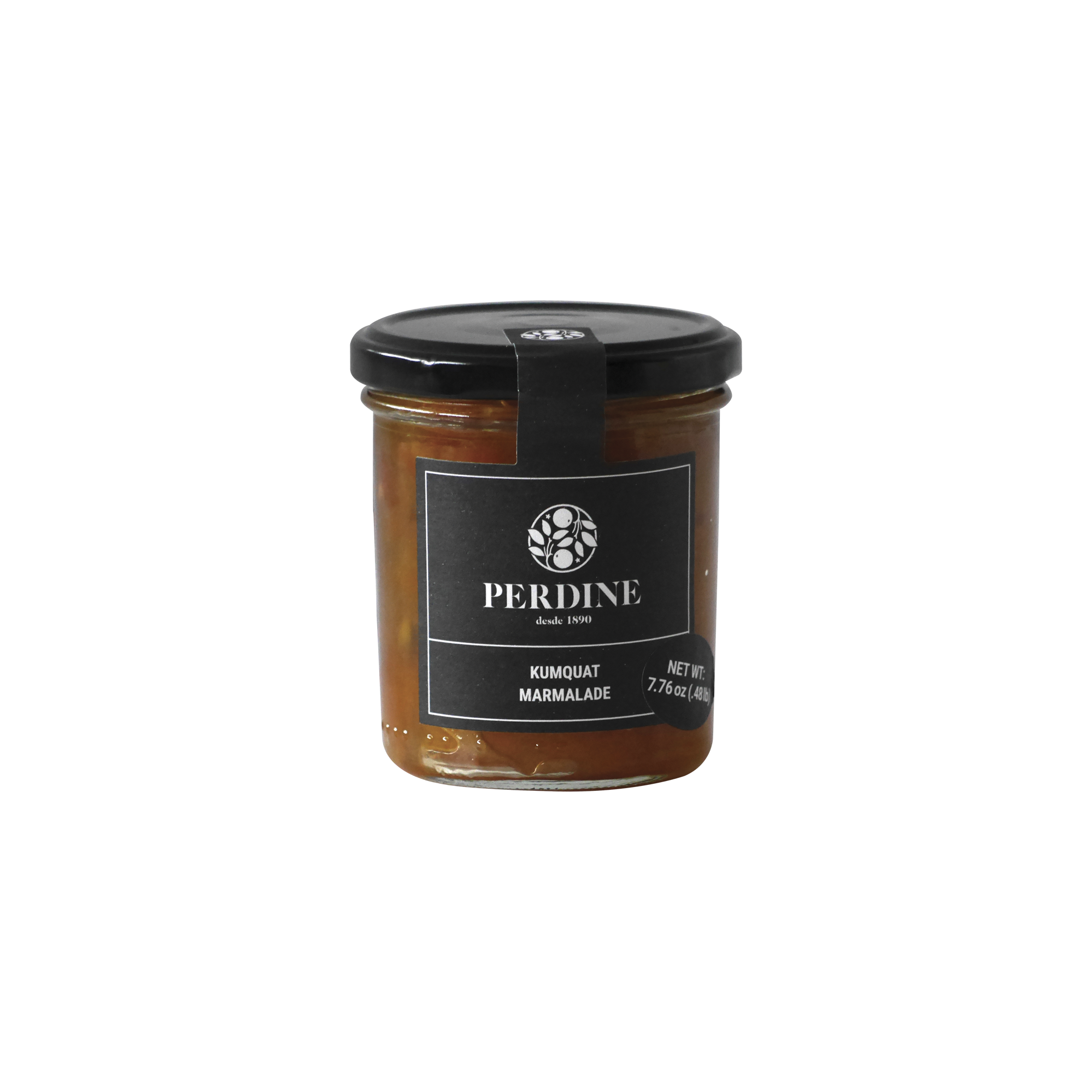For most people, the barked lines of orange groves paint the same picture: modestly tall trees, teardrop leaves, and citrus bulbs that dangle from sturdy branches. But to the intimate eyes of Perdine’s orange pickers, who were born and raised near their groves and have aged through the same seasons as the fruits they collect, they know that each tree has idiosyncrasies. They understand how this tree communicates, how that branch gossips, and how when a bundle droops a little below its meridian, it is teasing a ripe clementine. Becoming fluent in the groves' language is a natural consequence of spending so much time in them.
The municipality of Faura has seen flourishing agriculture since the 13th century. The valley-nestled fields grew grains until the tail end of the 1800s when the Garcés family planted orange groves in place of the worn crops. Eight centuries have seen this land give in its splendour and Perdine, now in its fifth generation, treats this area like it’s their heritage; because it is. Initially a whole land, it has over time fragmented into twenty hectares worth of separate groves due to the passing of inheritance and the occasional conversion or sale of land. This, however, is a non-issue. The diversity in landscape has allowed Perdine to specialise in cultivating a singular variety in each grove, allowing the altitude favouring Clemenvilla to flourish near the mountains and the sea-swooned Nectarine to thrive near the waterline.
Though Perdine’s geography is technically smaller due to these fragmentations, their sprawling groves in Faura, regardless of how one may leave one to enter another a kilometre down the road, make this pocket of Valencia very much Perdine country. This makes the citrus-baring trees as reflective of this luscious landscape as the workers that talk to them.
